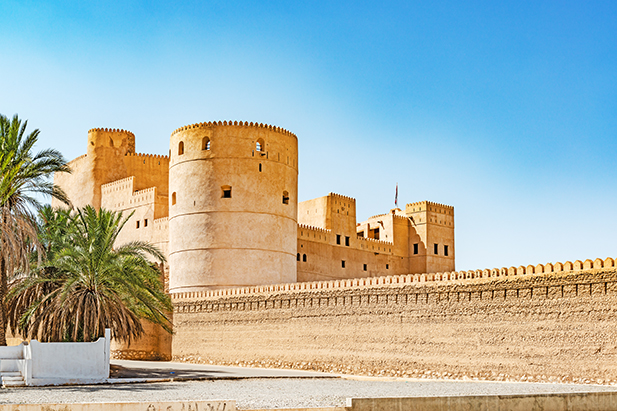
If you want to see what is it that makes Oman magical, helps tourists reconnect with their senses and experience history that goes back millennia, then the best place for you to visit is Rustaq. One of Rustaq’s key attractions is its wildlife nature reserve, which is located in the Governorate of South Al Batinah, and is expected to be home to more than 110 species of plants and animals.
The reserve has been established by Royal Decree, which says, “A nature reserve shall be established in the name of Al Rustaq reserve of wildlife in South Al Batinah governorate and shall be assigned the area specified in the decree annex. “The Minister of Environment and Climate Affairs shall issue regulations and decisions to implement this decree in coordination with the concerned ministries and authorities, including the management of the reserve, the rules regulating public access, the fees prescribed for it, the activities allowed to practice and those that are prohibited, and appropriate administrative sanctions in each case,” added the decree.
While there, visit Ain Al Kasfa hot spring, which is located in the heart of Rustaq.
“Ain Al Kasfa is a hot spring said to have therapeutic qualities. Purpose-built bathing rooms are available close by for visitors to use as swimming in the spring itself is not allowed,” said Oman’s Ministry of Tourism.
**media[1091609]**
“Al Rustaq is famous for two impressive and historically important landmarks: Al Hazm Castle and the imposing Al Rustaq Fort,” added theMinistry. Al Hazm Castle is at the outskirts of Al Rustaq and is one of the most famous castles in the Sultanate. The castle was built by Imam Sultan bin Saif II in the early 18th century, who is buried in this castle along with his son.
“Al Hazm Castle features a massive beautiful wooden door with intricate writing and it is unique among other Omani castles for having its roof held by columns instead of the traditional wooden roof supports,” the ministry went on to say. “The massive Al Rustaq Fort, a much older fort dating back to the 13th century, is near the city market and can be seen from the surrounding hills. The fort is cradled by four tall towers, the tallest being more than 18 metres tall. The fort also has its own falaj water system within it.”